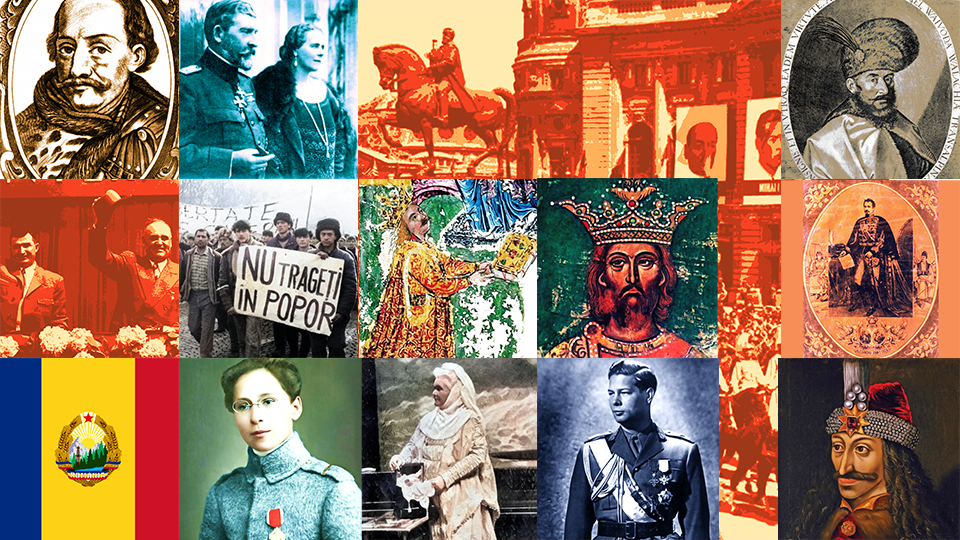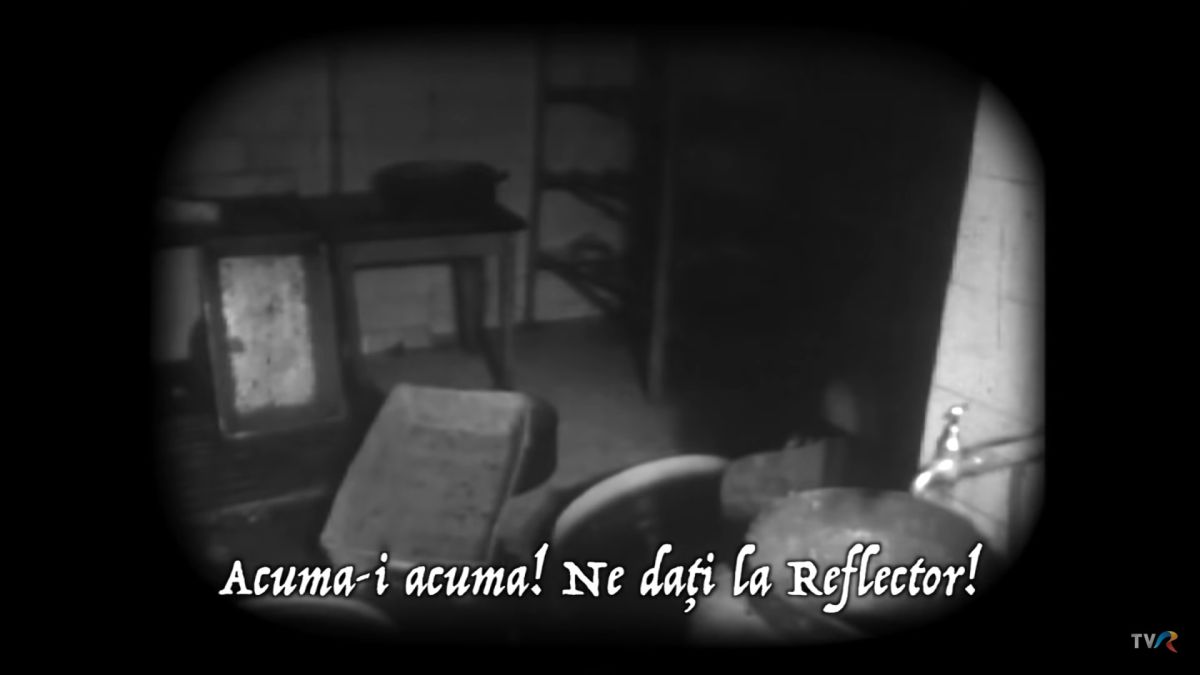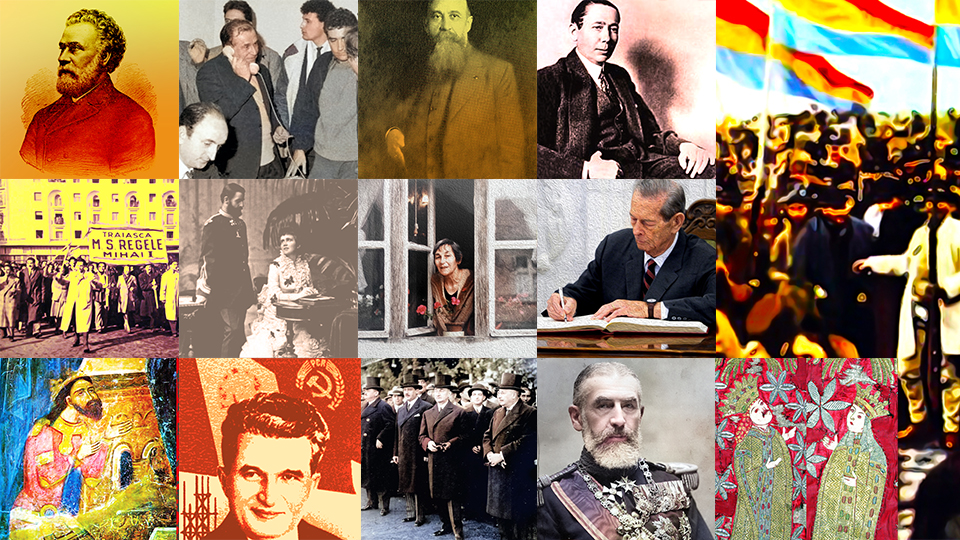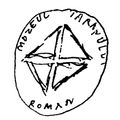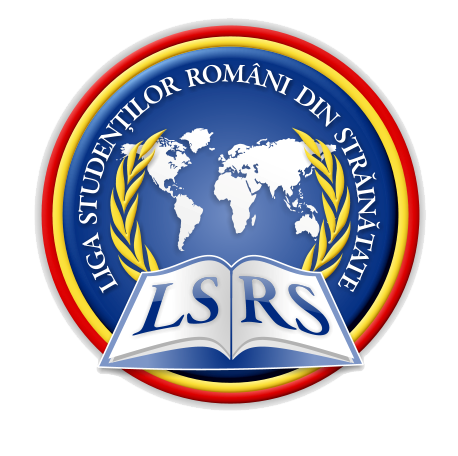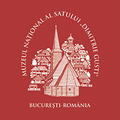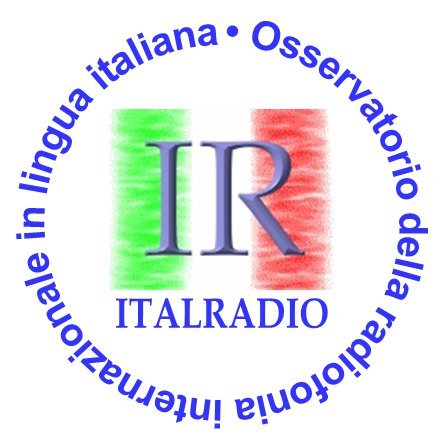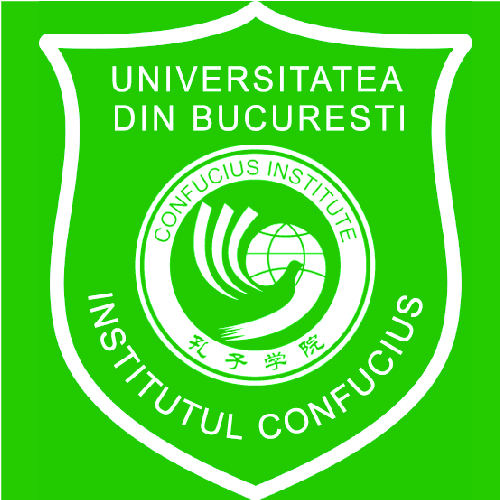Stalin and the Hungarian Autonomous Region
On December 1st 1918, at the end of WW1, following the vote in Alba Iulia, Transylvania, a territory in Austro-Hungary, inhabited mostly by Romanians but having a large Hungarian community, became part of the Kingdom of Romania.
Warning: Trying to access array offset on null in /home/web/rri.ro/public/wp-content/themes/rri/template-parts/content.php on line 53
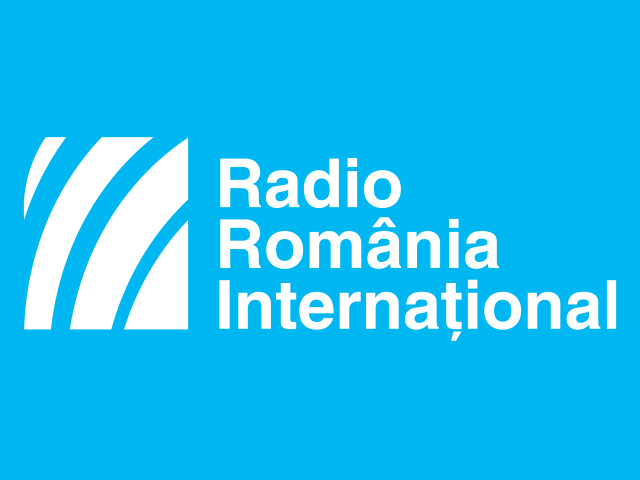
Warning: Trying to access array offset on null in /home/web/rri.ro/public/wp-content/themes/rri/template-parts/content.php on line 98
Steliu Lambru,
06.06.2022, 10:27
On December 1st 1918, at the end of WW1, following the vote in Alba Iulia, Transylvania, a territory in Austro-Hungary, inhabited mostly by Romanians but having a large Hungarian community, became part of the Kingdom of Romania. The war between the Kingdom of Romania and the Hungarian Soviet Republic in 1919 ended in the occupation of Budapest by the Romanian army and consolidated the act of December 1st 1918. The Treaty of Trianon, signed on June 4, 1920, which concluded WW1, was signed by representatives of Hungary on the one hand and the Allied Powers on the other. By the terms of the treaty, Hungary was shorn of at least two-thirds of its former territory – Slovakia, Transylvania, Banat, Maramures and Croatia. In keeping with the commitments taken before the great powers and the minority protection policy promoted by the League of Nations, Romania offered minorities the rights stipulated by international treaties.
In the interwar period, between 1918 and 1940, the Romanian-German bilateral relations were almost frozen. The revisionist policy conducted by Hungary culminated with Germany and Italy forcing Romania in 1940 to give Hungary North Transylvania, almost half of this province s territory. Circumstantial allies with Germany in WW2, Romania and Hungary were looking towards the future of bilateral ties. On August 23, 1944, Romania broke the alliance with Germany and joined the coalition of the United Nations. The main reason for this move was, according to diplomatic documents, to retrieve North Transylvania. Stefano Bottoni, a professor with the University of Florence, is the author of the book entitled Stalin s Legacy in Romania – The Hungarian Autonomous Region, 1952-1960. He explained that, according to Stalin, neither Hungary nor Romania had to be rewarded because they had both behaved badly. Romania, however, had a big advantage because it changed sides, and this is the merit of the Romanian political and military class, that understood the situation. Stefano Bottoni explains that the same leaders who committed massacres on the East front were now complying with the rigors of their new alliance with the Soviets.
Romania had at least one major advantage at the Peace Treaty in February 1947: it had stopped fighting against the Soviets and had joined the offensive against the German-Hungarian armies. Freed by the Romanian army on October 25, 1944, North Transylvania had remained under Soviet occupation. The Romanian authorities were allowed to return only after King Mihai I gave in to the Soviet blackmail and commissioned Petru Groza, a friend of Moscow, with forming a new government controlled by the communists. However, the situation was far from clear. The new Romanian diplomacy was lobbying Moscow for their cause, something that the Hungarians were also doing.
At the end of WW2, the Romanian-Hungarian border of 1920 was re-established. Nevertheless, the fate of North Transylvania had not been decided yet. The USSR had agreed to Romania s arguments but also wanted to please the Hungarian communists. Thus, the Hungarian Autonomous Region was established in central Transylvania, made up of the counties of Covasna, Harghita and Mures. Stefano Bottoni explained Stalins new solution to end the Romanian Hungarian conflict: ”Ever since 1944-1945 Stalin had the strategy of a great power. He knew, for instance, that if Hungary had been forced to accept around 2 million people from the neighbouring countries, it would have exploded from a social, political and economic point of view. This would have had a negative impact on the Hungarian Communist Party and on Matyas Rakosi directly. The Hungarians would have said that he was incompetent, that he was responsible for everything, that he was a Jew and he was unable to do things right. Then, it was important not to reward Romania. Romania had to receive Transylvania in compensation for losing Bessarabia and Bukovina. Romania was given Transylvania, but not entirely. Here is a clue that leads to the Hungarian Autonomous Region: the Hungarians were told they could stay there, but that they had to behave. That meant no more revisionist policy, no more Horthy, no more mediation from Vienna, no more external help. Romanians, on the other hand, were told: we know how you behaved during the two wars and it was not OK. You did nothing to integrate minorities. On the contrary, you treated them like second-hand citizens.”
The Hungarian Autonomous Region functioned until 1956, when the anti-communist revolution in Hungary made the country lose the support of Moscow. Reformed in 1961, it was dismantled in 1968, when Nicolae Ceausescu implemented an administrative reform.

